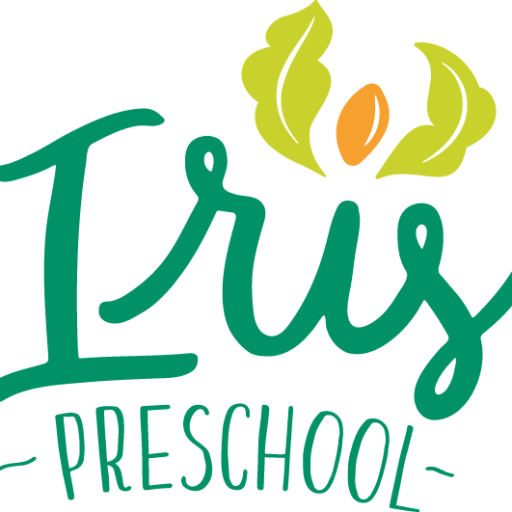𝐀𝐌𝐀𝐙𝐈𝐍𝐆 𝐒𝐔𝐌𝐌𝐄𝐑 𝐈𝐑𝐈𝐒 𝟐𝟎𝟐𝟓 CHƯƠNG TRÌNH HỌC TẬP VUI CHƠI VỚI CHỦ ĐỀ ‘NƯỚC’ – HOẠT ĐỘNG CẮM TRẠI HÈ Trại hè 2025 tại Iris là cơ hội cho các con vui học tiếng Anh mỗi ngày với giáo viên bản ngữ, các bé được thể hiện tài năng tiềm ẩn, khám phá và phát
Children and parents – learning together
The Australian Dietary Guidelines recommend eating a variety of fruit every day. Choosing fruit first over “occasional” or “extra” foods such as pies, crisps, biscuits, cakes, lollies and chocolate can help you meet your daily recommended serves.
Research shows that 93% of four to eight-year-olds eat the recommended serves of fruit when fruit juice is included in the count. However, when the juice is excluded this figure is only 61%, and both of these figures fall dramatically as kids get older.
Why is fruit important?
Fruit provides vitamins, minerals, dietary fibre and many phytonutrients (nutrients naturally present in plants), which help your body stay healthy. Since fruit is low in kilojoules (energy) relative to many other foods, including it every day can help prevent excessive weight gain. Eating fruit may also help protect against chronic diseases such as heart disease, diabetes, stroke and some types of cancers (2). Different fruit can help protect the body in different ways, so it’s important to choose a variety of colours every day such as:
• Green (such as apples, grapes, kiwi fruit)
• Orange (such as oranges, mango, peaches)
• Yellow and red (such as strawberries, banana).
• Purple (blueberries, plums, grapes)
How much fruit does a child need each day?
| 2-3 years | 4-8 years | 9-18 years | |
|---|---|---|---|
| Boys | 1 | 1 ½ | 2 |
| Girls | 1 | 1 ½ |
It should be noted that the number of serves varies according to activity levels, age and health status. Whole fruit is preferred to juice.
A serve of fruit is equivalent to:
• 1 medium apple, banana, orange or pear
• 2 small apricots, kiwi fruit or plums
• 1 cup of diced or canned fruit (no added sugar)
Or only occasionally:
• 125mls fruit juice (no added sugar)
• 30g dried fruit
What to look for
Remember that you don’t always have to rely on fresh fruit: frozen, canned or dried varieties are all suitable too. Dried fruit, however, can stick to the teeth and increase the risk of tooth decay so should only be consumed occasionally, such as a few times a week, and in small amounts. When it comes to choosing canned or dried fruit, check the ingredients list and choose those with reduced or no added salt, no added fat or sugar. Always choose fruit canned in natural juices, not syrup.
Fruit juice in serves of 125ml is equivalent to one piece of fruit providing kilojoules (energy), but it lacks the dietary fibre from fresh fruit. Plus because it’s acidic, frequent consumption may contribute to an increased risk of dental erosion, and should not be given to children less than 12 months of age.
Common myths
Some people may be concerned about the amount of sugar in fruit and limit its consumption. The sugar in fruit is natural sugar and far less likely to lead to chronic disease or being overweight or obese than the consumption of “occasional” or “extra” foods that have had added sugar in them. Most Australians would be far better off if they replaced “occasional” or “extra” foods, such as pies, crisps, biscuits, cakes, lollies and chocolate with more fruit and vegetables.
Source: healthy-kids.com.au
